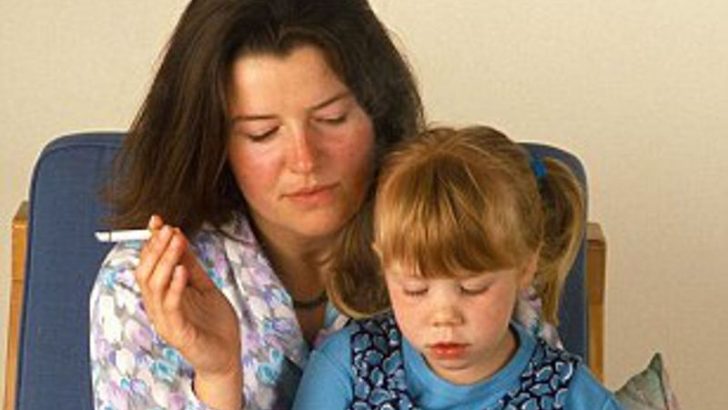America, a land of evolving cultural landscapes, has witnessed an intriguing transition in societal norms over the decades. Several practices once considered commonplace are now viewed through a different lens, often deemed controversial or unacceptable. This shift reflects broader changes in values, ethics, and awareness that have shaped the national consciousness. As we explore these topics, we revisit a time when the landscape of American daily life was vastly different. This journey not only offers nostalgia but also a reflection on how society has progressed. Here are 12 things that were once normal but are now considered completely taboo.
1. Smoking in Public Spaces
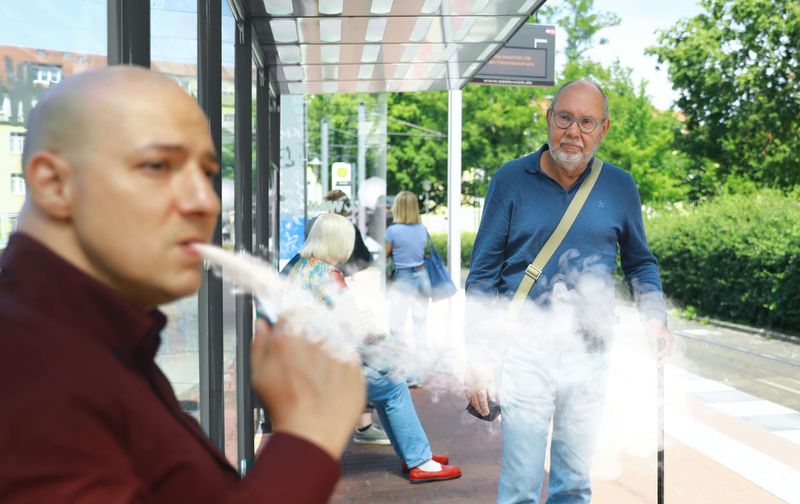
In the 1970s, smoking indoors was a staple of American life. Restaurants, offices, and public spaces were filled with the haze of cigarette smoke. The sight of people lighting up in enclosed spaces was a norm few questioned.
However, as awareness of health risks grew, attitudes shifted. Public health campaigns highlighted the dangers of secondhand smoke, leading to widespread smoking bans.
Today, smoking in public spaces is largely prohibited, reflecting a significant cultural shift towards prioritizing public health over personal habit.
2. Corporal Punishment in Schools
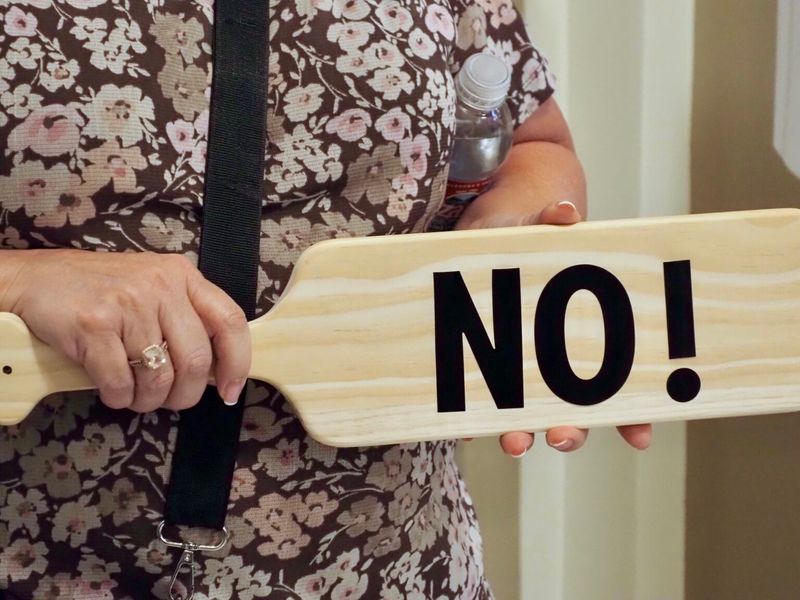
Once a common disciplinary method, corporal punishment in schools was widely accepted across America. Teachers wielded rulers and paddles to maintain order and discipline.
This approach was believed to instill respect and obedience in students. But growing concern over children’s rights and the psychological impact of such measures prompted change.
Today, corporal punishment is banned in most states, with schools adopting more constructive approaches to discipline, reflecting a greater emphasis on children’s welfare.
3. Gender-Specific Job Roles
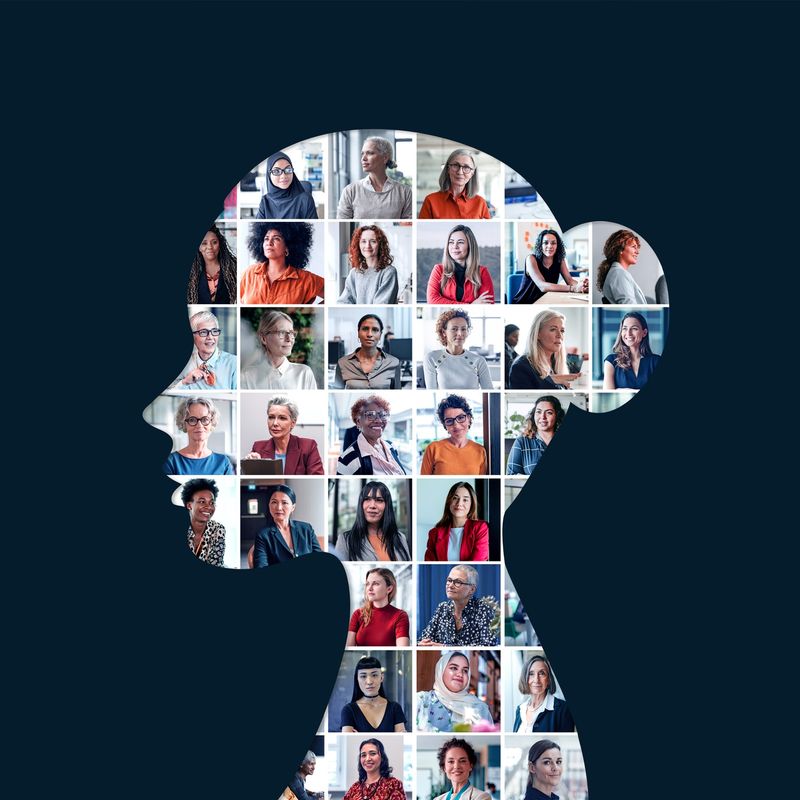
In the mid-20th century, job roles were clearly divided along gender lines. Men held positions of authority, while women were often relegated to supportive roles like secretaries or assistants.
This segregation mirrored societal beliefs about gender capabilities. As the feminist movement gained momentum, these roles began to blur.
Now, women occupy a diverse array of careers, challenging traditional stereotypes and advocating for equality in the workplace. Gender-specific roles have become largely outdated, with merit taking precedence.
4. Child Labor

Child labor was a harsh reality in the early 20th century, with children as young as eight working long hours in factories and farms. This was driven by economic necessity and a lack of child labor laws.
As awareness of children’s rights increased, advocacy for education and safety led to legislative changes.
Today, child labor is heavily restricted, with a strong focus on education and welfare. The shift emphasizes the value placed on childhood as a time for learning and development, rather than work.
5. Segregated Facilities
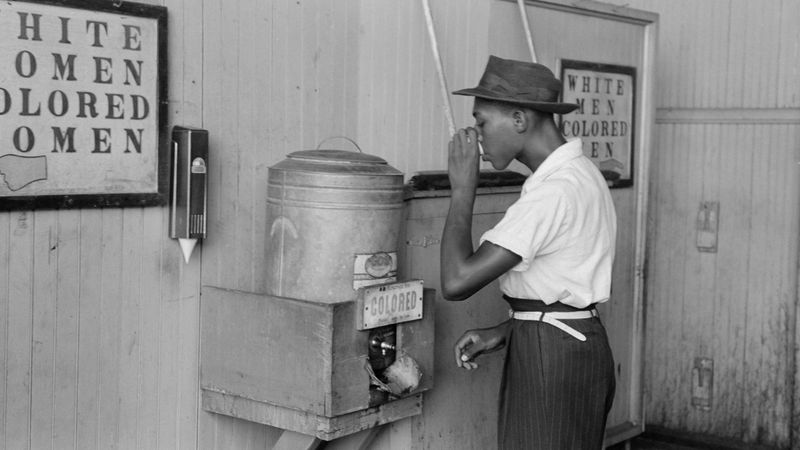
Segregation was a stark reality in America, especially in the South, where facilities were divided by race. Public places, including schools, transportation, and even water fountains, were segregated.
This enforced racial division was justified by the notion of ‘separate but equal’, a belief that was fundamentally flawed.
The civil rights movement of the 1960s challenged and dismantled these practices, paving the way for a more inclusive society. Today, segregation is seen as a relic of a discriminatory past.
6. Drinking and Driving

In the past, drinking and driving was a relatively common and even socially accepted behavior. People often underestimated the risks involved, and legal measures were lenient.
The rise of organizations like Mothers Against Drunk Driving (MADD) helped shift public perception, highlighting the dangers and advocating for stricter laws.
Today, drinking and driving is heavily penalized and socially condemned, with significant efforts made to promote responsible driving and prevent tragedies on the road.
7. Unrestricted Gun Carrying
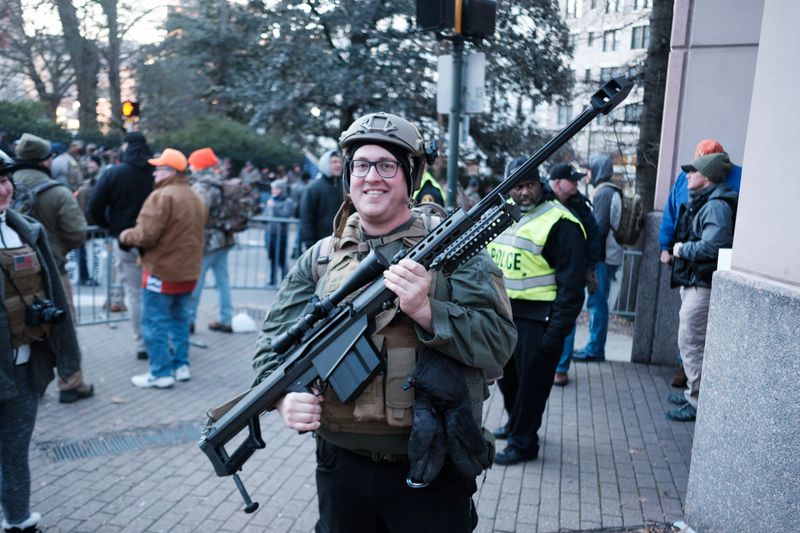
At one time, openly carrying firearms was a common practice in many parts of America. It was not unusual to see individuals with rifles or handguns in public spaces, reflecting a frontier ethos.
However, increasing concerns about public safety and gun violence have led to stricter regulations and discussions about gun control.
Today, the debate on gun rights versus control continues, but open carrying is subject to more regulations, reflecting a shift towards balancing rights with public safety.
8. Polaroid Photography

Polaroid cameras were once a staple in American households, offering instant gratification with on-the-spot photo development. They captured countless family moments and social gatherings.
As digital photography rose to prominence, the bulky Polaroid fell out of favor, making way for sleeker, more versatile technology.
Today, while vintage Polaroids have a nostalgic charm, they are seen as obsolete in the digital age, where smartphones and digital cameras dominate. Their decline reflects technological advancement and changing consumer preferences.
9. Unfiltered Advertising

Mid-20th century advertising was bold and unrestrained, often promoting tobacco, alcohol, and sugary products with little regard for health implications. These ads were pervasive in magazines and billboards.
As health awareness grew, regulations tightened, leading to more responsible advertising practices that prioritize consumer well-being.
Today, advertising is subject to scrutiny and standards aimed at protecting public health, marking a departure from the unfiltered promotions of the past. This shift underscores a commitment to ethical marketing and informed consumer choices.
10. Asbestos Use in Construction

Asbestos was once hailed as a ‘miracle’ material for its insulation and fireproofing properties. It was widely used in construction, found in homes, schools, and offices.
However, the discovery of its severe health risks, including cancer, led to a ban on its use in many countries.
Today, asbestos is a hazardous material, with strict regulations governing its handling and removal. The shift away from asbestos reflects growing awareness and prioritization of health and safety in construction practices.
11. Formal Dress Codes
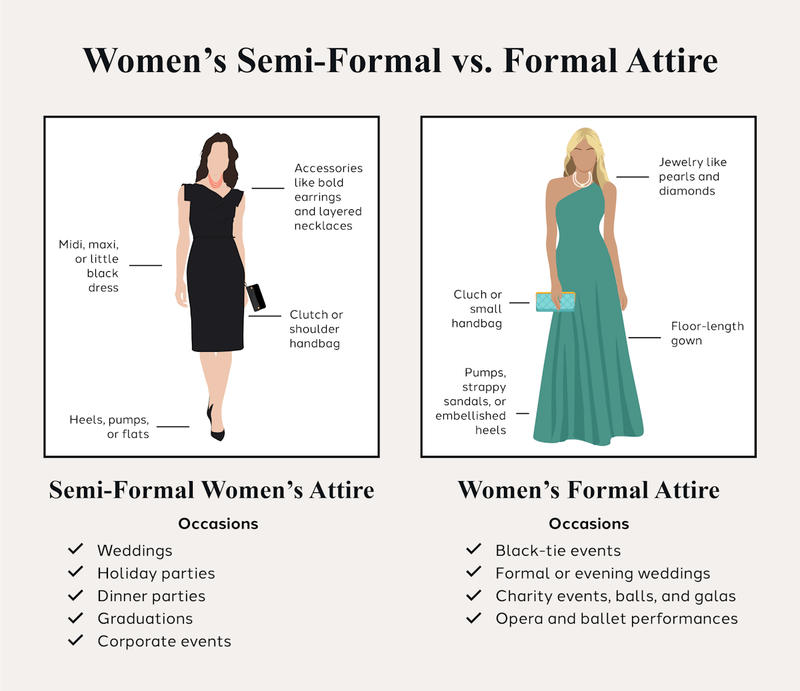
Strict dress codes were once the norm in corporate America, with suits and ties for men and dresses or skirts for women. This formal attire was synonymous with professionalism and respectability.
Over time, workplace culture evolved, embracing more casual dress codes that prioritize comfort and individuality.
Today, many industries have relaxed their dress requirements, reflecting a shift towards valuing productivity and creativity over appearance. This change highlights a modern approach to work-life balance and personal expression.
12. Radios as Family Entertainment
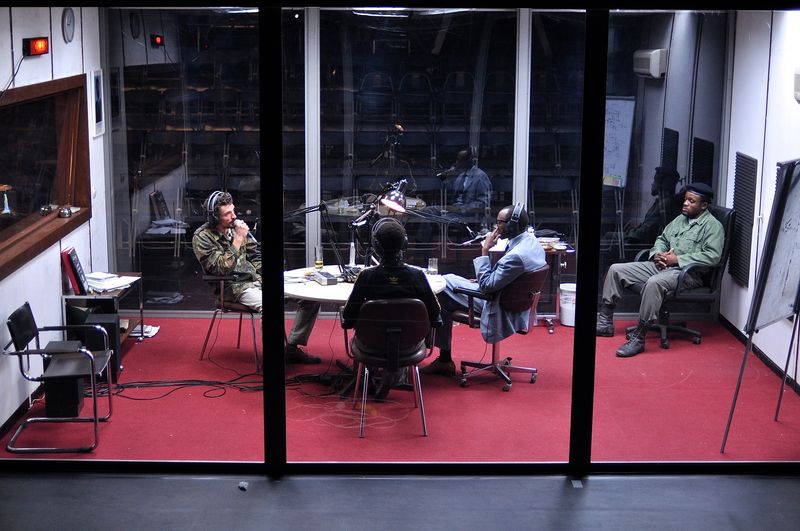
Before television took over, radios were a central part of American family life. Families gathered around large sets to listen to news, music, and serialized dramas.
The advent of television and, later, the internet, changed entertainment consumption radically, pushing radios out of the spotlight.
Today, while radios are still used, especially in cars, they no longer hold the same status in family entertainment. This transition reflects changes in technology and media consumption, highlighting an era when auditory storytelling was king.

Well, hello there!
My name is Jennifer. Besides being an orthodontist, I am a mother to 3 playful boys. In this motherhood journey, I can say I will never know everything. That’s why I always strive to read a lot, and that’s why I started writing about all the smithereens I came across so that you can have everything in one place! Enjoy and stay positive; you’ve got this!

